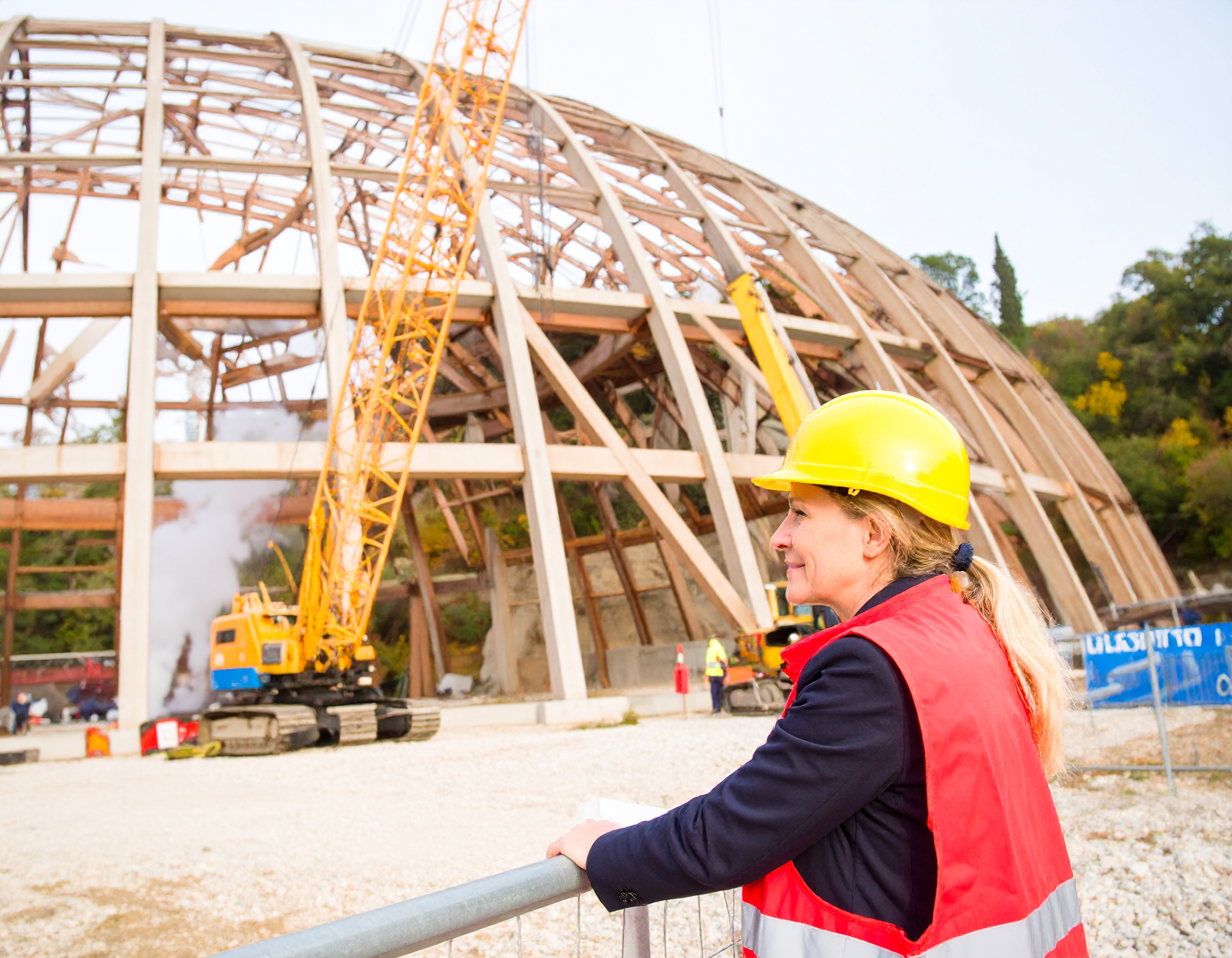Hydrogen Revolution Hits Construction: £134 Billion HS2 Megaproject Becomes World’s Largest Zero-Emission Site

In a landmark shift towards sustainable construction, hydrogen fuel cells are emerging as a viable alternative to diesel generators, promising to revolutionise the environmental footprint of large-scale building projects.
The UK’s HS2 project has become a global showcase for this green transformation, demonstrating the practical integration of hydrogen technology into major construction operations. With renewable hydrogen providers like GeoPura leading the charge, the construction industry is taking meaningful steps toward zero-emission sites.
Hydrogen Fuel Cells Powering the Future of Construction
Hydrogen fuel cells are rapidly gaining traction in construction due to their clean, efficient energy output. Unlike traditional diesel generators, which emit harmful carbon dioxide, hydrogen cells provide a sustainable power solution that produces only water as a by-product. GeoPura, a UK-based hydrogen innovator, has been at the forefront of this movement, supplying hydrogen power units (HPUs) to construction and event sites across the country.
The HS2 project, particularly at its Victoria Road construction site in London, exemplifies the transformative potential of hydrogen technology. Here, hydrogen fuel cells housed in discreet containers supply all the site’s energy needs, powering machinery and operations while significantly reducing emissions. Hydrogen, the most abundant element on Earth, offers three times the energy density of gasoline, making it ideal for heavy industries seeking low-carbon solutions.
GeoPura’s Vision: Scaling Hydrogen Solutions
Founded in 2019, GeoPura is expanding its renewable hydrogen production across the UK, with plans to deploy 3,600 HPUs by 2033. In partnership with Siemens Energy Ventures, the company aims to make hydrogen a commercially viable alternative to diesel on construction sites, supporting a zero-emission future. GeoPura’s model combines efficient hydrogen production, distribution, and technology integration, paving the way for wider adoption across the construction and infrastructure sectors.
Economic and Logistical Challenges
Despite the promise of hydrogen, economic and logistical barriers remain. Hydrogen production costs are still higher than diesel, and the infrastructure required for large-scale distribution poses additional challenges. However, companies like GeoPura are driving down costs through innovation, while high-profile projects like HS2 provide proof of concept for hydrogen’s feasibility in construction applications.
As the construction sector increasingly embraces hydrogen technology, the potential for a green revolution is clear. Widespread adoption could drastically reduce the industry’s carbon footprint, while stimulating investment in renewable energy and zero-emission construction solutions.
Looking Ahead
The emergence of hydrogen fuel cells as a power source for construction represents a major leap toward sustainable infrastructure. With the HS2 project leading the way and innovators like GeoPura scaling operations, the construction industry is poised to transform. As costs decrease and logistical solutions expand, hydrogen could soon become the standard for environmentally responsible construction worldwide.
The question now is not whether hydrogen will revolutionise construction, but how quickly these innovations will reshape the industry and set a new global benchmark for sustainability.

